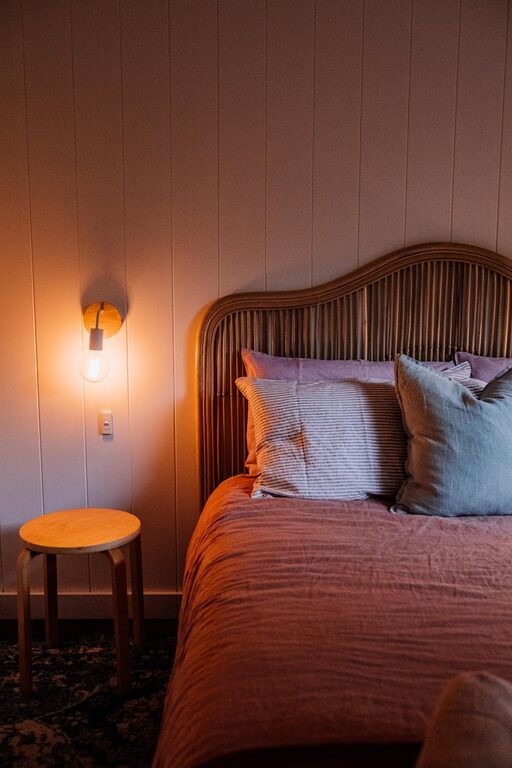
Creating the perfect lighting setup at home is about more than just brightness—it’s about comfort, mood, and functionality. Good lighting can transform your living space, making it feel cozy, welcoming, and practical. Whether you’re designing a new room or upgrading your current fixtures, choosing the right lighting options can greatly improve how you experience your home daily.
In this post, we’ll explore helpful tips on selecting comfortable home lighting, walk you through different lighting types, and discuss factors to consider for each area of your house.
Why Comfortable Lighting Matters
Lighting influences our mood, productivity, and even sleep patterns. Harsh, overly bright lights can cause eye strain and headaches, while dim or poorly placed lighting may make a space feel gloomy or unsafe. Comfortable lighting provides the right balance of brightness and warmth, enhances your décor, and suits your activities—from reading to relaxing or cooking.
Understanding the Basics of Home Lighting
Before diving into tips for choosing lighting, it’s important to understand different lighting types and terms.
Types of Lighting
– Ambient Lighting: General illumination that lights up the entire room.
– Task Lighting: Focused lighting designed for specific activities like reading or cooking.
– Accent Lighting: Decorative lights used to highlight artwork, plants, or architectural features.
Color Temperature (Kelvin)
– Warm light (2700K–3000K): Soft, cozy glow ideal for living rooms and bedrooms.
– Neutral light (3500K–4100K): Balanced light suitable for kitchens and workspaces.
– Cool light (5000K–6500K): Bright, crisp light good for detailed tasks or garages.
Brightness (Lumens)
Lumens measure light output. Higher lumens mean brighter light. For example, a reading nook needs fewer lumens than a kitchen workspace.
Tips for Choosing Comfortable Home Lighting
1. Assess Each Room’s Purpose
Start by considering how you use each space:
– Living room: Choose warm ambient lighting with adjustable options like dimmers to create cozy atmospheres.
– Kitchen: Bright, neutral-toned task lighting is essential for cooking and food prep.
– Bedroom: Use soft, warm lights for relaxation, plus focused reading lamps.
– Bathroom: Combine bright, even light for grooming with softer options for relaxation.
2. Use Multiple Light Sources
Avoid relying on a single overhead fixture. Layer ambient, task, and accent lighting to balance brightness and reduce shadows. For example, combine ceiling lights, floor lamps, and table lamps to create a versatile lighting scheme.
3. Choose the Right Bulbs
Energy-efficient LEDs are a smart choice. They last longer, consume less power, and come in various color temperatures. When selecting bulbs:
– Look for bulbs labeled “warm white” or around 2700K for comfort.
– Check lumen output for appropriate brightness.
– Use bulbs with high Color Rendering Index (CRI 80+) to see colors accurately.
4. Consider Dimmers and Smart Controls
Dimmers allow you to adjust light levels to match the time of day or activity, improving comfort and energy saving. Smart lighting systems also enable scheduling and remote control through apps, making it easier to tailor your lighting.
5. Mind Glare and Shadows
Place lights thoughtfully to avoid unpleasant glare or harsh shadows. Use lampshades or diffusers to soften light, and position fixtures so they don’t shine directly into eyes. For example, under-cabinet lighting in kitchens reduces shadows on counters.
6. Match Lighting Style to Décor
While comfort is key, aesthetics matter too. Choose lighting fixtures that complement your home’s style—from modern minimalism to rustic charm—so they feel integrated and enhance the overall look.
7. Test Lighting Before Finalizing
Whenever possible, test different bulbs and fixture placements. Try out a few options before committing to expensive lighting setups to ensure you get the comfort and effect you want.
Room-by-Room Lighting Suggestions
Living Room
– Use a warm white bulb (2700K).
– Include overhead ambient lighting, plus side lamps for reading.
– Accent lights for artwork add visual interest.
Kitchen
– Bright, neutral tones (3500K–4100K) help you see clearly.
– Use task lighting under cabinets.
– Avoid overly warm or dim bulbs that reduce visibility.
Bedroom
– Soft, warm lighting promotes relaxation.
– Use bedside lamps with dimmers.
– Avoid blue-toned lights before bedtime to support sleep.
Bathroom
– Bright, even lighting for grooming (usually cool white 4000K).
– Consider vanity lights on either side of the mirror.
– Use moisture-resistant fixtures for durability.
Final Thoughts
Choosing comfortable home lighting is a blend of science and personal preference. By understanding lighting basics and thinking about each room’s needs, you can create a home that feels warm, inviting, and functional. Remember, good lighting is adjustable, energy-efficient, and suited to your lifestyle.
With these tips, your home lighting can enhance every moment, from lively family dinners to peaceful evenings with a good book. Happy lighting!
